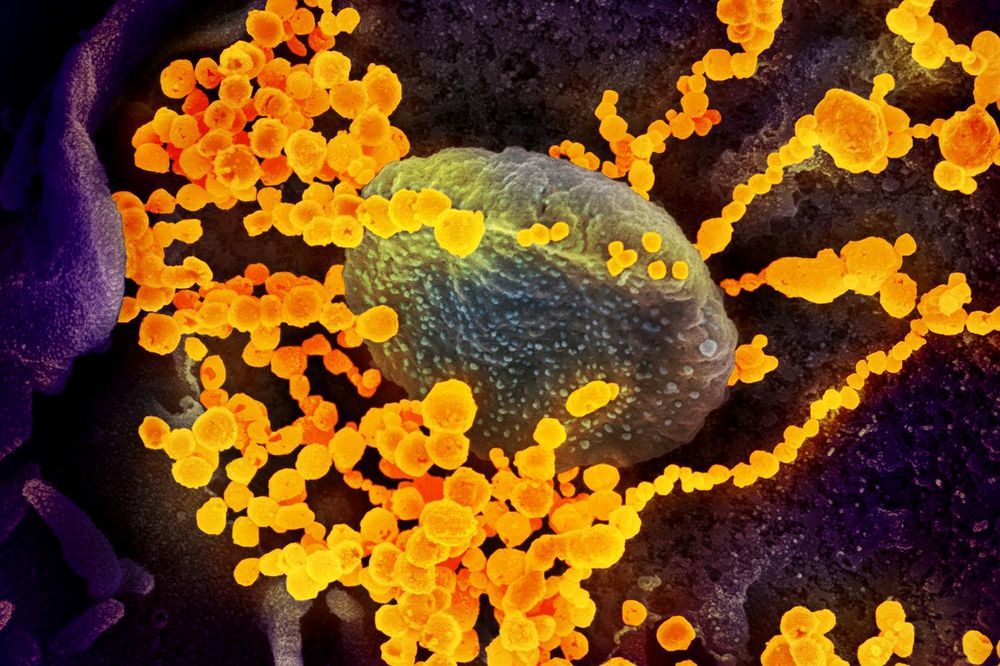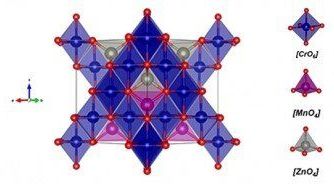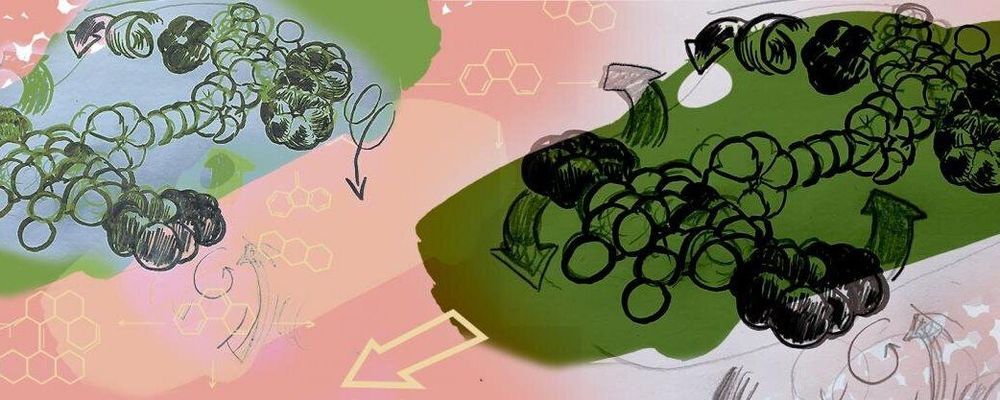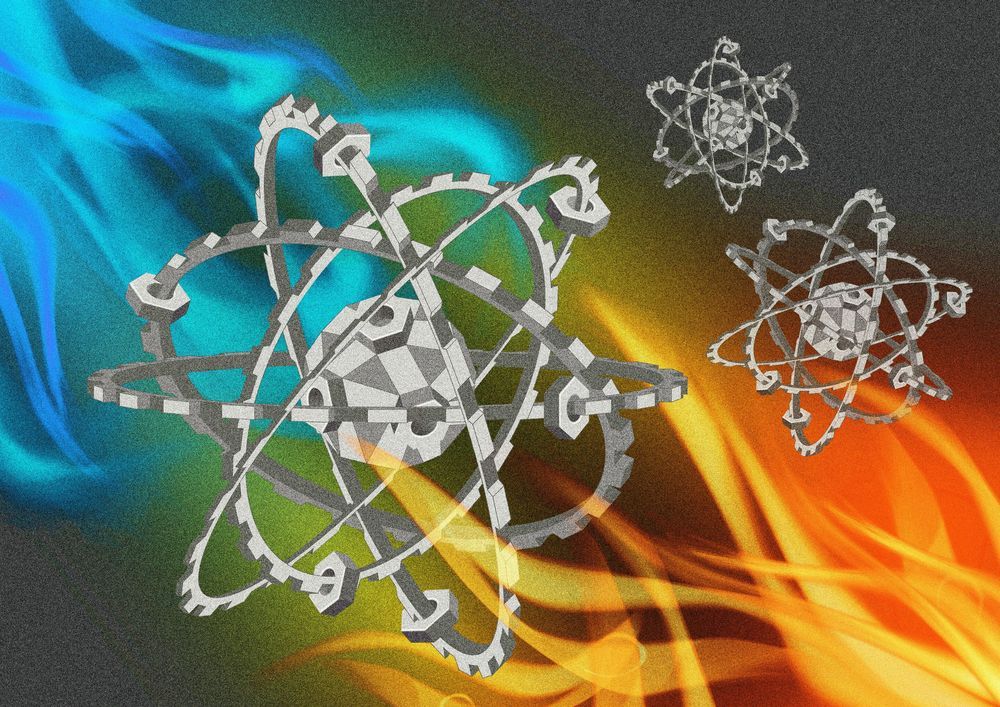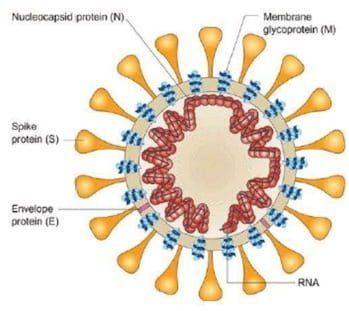May 8, 2020
Here’s how nanoparticles could help us get closer to a treatment for COVID-19
Posted by Omuterema Akhahenda in categories: biotech/medical, chemistry, nanotechnology
There is no vaccine or specific treatment for COVID-19, the disease caused by the severe acute respiratory syndrome coronavirus 2, or SARS-CoV-2.
Since the outbreak began in late 2019, researchers have been racing to learn more about SARS-CoV-2, which is a strain from a family of viruses known as coronavirus for their crown-like shape.
Northeastern chemical engineering professor Thomas Webster, who specializes in developing nano-scale medicine and technology to treat diseases, is part of a contingency of scientists that are contributing ideas and technology to the Centers for Disease Control and Prevention to fight the COVID-19 outbreak.
Continue reading “Here’s how nanoparticles could help us get closer to a treatment for COVID-19” »
